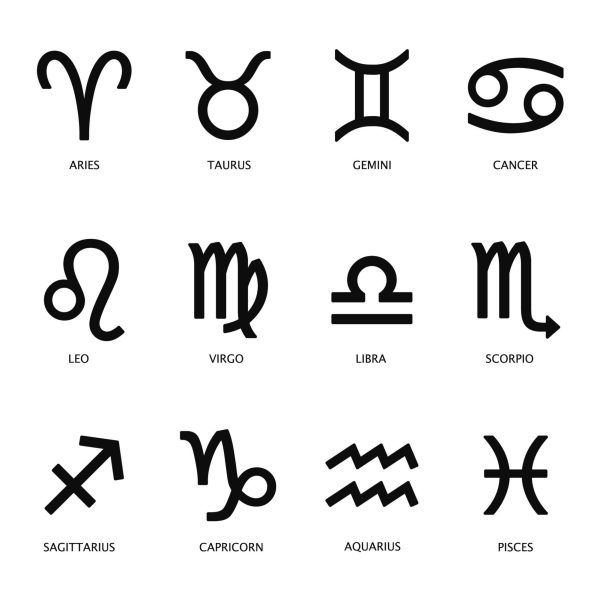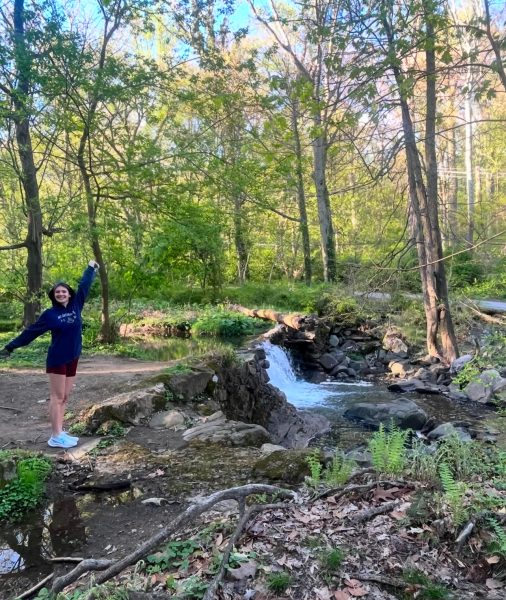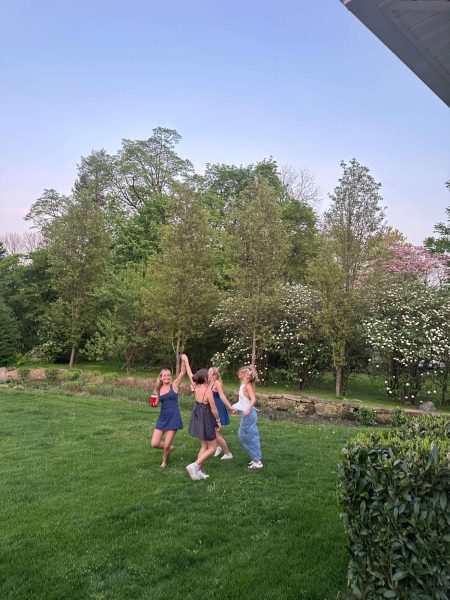Selfies and the role they play in popular culture
November 3, 2015
When The Chainsmokers released the hit song “#Selfie,” its repetitive chorus stating the band’s intent to take a selfie played on phones, radios and televisions across the country. With every selfie Kim Kardashian posts on Instagram, her 46.2 million followers become better acquainted with her physique than with their own. And when I take a selfie, I delete it immediately. I can make excuses about harsh lighting and unflattering perspectives, but these clichéd excuses fail to provide the true reason I neither take nor post selfies—embarrassment.
Pictures of pets, families and vacations are interesting and entertaining. But selfies? They function as yet another means of self-promotion in an already self-obsessed world. If I focus on likes and comments, do I risk morphing into a Kardashian wannabe as opposed to a Katie Couric wannabe? Let’s face it, though: Couric has been known to take a selfie or two as well. So before I judge Kim’s myriad of booty and duckface selfies, I decided to take my own to experience firsthand both the downfalls and the perks that accompany this trend. Ultimately, by posting two selfies—one of which included examples of resistance to hegemonic norms—I strove to demonstrate that when presented with a stereotypical selfie and a less conventional one, viewers are apt to like and comment on the image that most adheres to preconceived notions of how a selfie should appear.

James Franco admits in “The Meanings of the Selfie” that this form of communication is vain, an adjective I tried to convey in the first selfie I posted to assess viewers’ reactions to such a generally undesirable trait. I curled my hair, applied glamorous makeup and exchanged sweatpants for skinny jeans. Although Franco feels “turned off when I look at an account and don’t see any selfies,” I emphasized his concession that selfies are attention-seeking by imitating Kim Kardashian’s best smoldering gaze. Consequently, I failed to resist the hegemonic norms present in many of the selfies posted to social media. The version of myself I shared with 450 people lacks agency and exists merely to be observed and admired. The result? Over fifty likes in under thirty minutes. Comments included “Stunning,” “Nice picture” and “You look lovely.” Those who viewed the selfie seemed more focused on my appearance than the absence of any defining characteristics.
While Franco would appreciate the image as an example of communication, I wonder if my selfie truly serves this purpose. After all, I’m not displaying a sad expression to persuade others to call and inquire as to my well-being, and I’m not beaming to convey recent enjoyment of a party. I’m not actually doing anything. Following Franco’s logic, however, I must be communicating some thought or emotion in the picture. When asked what the selfie relays about my mindset, a friend responded, “I’m hot and you’re not.” If this is the thought my selfie projects, why did anyone like it? Why do people accept ostentatious displays of vanity on social media? Perhaps they understand, as Franco states, that “attention seems to be the name of the game when it comes to social networking” and relate to their own desire for attention. Since hegemonic norms dictate selfies, departures from vanity—not vanity itself—are scorned while pictures including these norms are liked and commented on.
The second selfie I posted both resists and satirizes selfies’ hegemonic norms to emphasize the skepticism with which viewers regard images diverging from the conventional selfie. Jerry Saltz notes in “Art at Arm’s Length: A History of the Selfie” that many people think selfies reflect negatively on our society. Staged duckfaces and emotions demonstrate that “ours is an unusually narcissistic age.” But what happens when these performances are parodied?

Posing with hyperbolic ducklips and narrowed eyes, I completed the picture by wrapping my left arm around a stuffed animal to mimic the best friend selfie common on many social media profiles. In short, I looked intentionally comical and even ridiculous. Although I filled the viewfinder with my face and displayed awareness of contemporary trends as is typical, nothing could save me from imminent embarrassment. After uploading the selfie to Facebook and making it visible to the 450 people who viewed my first selfie, I waited to observe their reactions. As it turned out, I shouldn’t have waited for reactions but, rather, a lack thereof. After 30 minutes, only my roommate liked the picture. After two days, it garnered a grand total of two likes and two comments: “Wut” and “WTF.” I interpreted this comparative want of likes and comments as an indication of confusion and disapproval.
Implicit in my friends’ silence was a question as to why I posted such an unusual image. Unlike selfies that convey their subjects’ “narcissistic, psychopathic, and Machiavellian personality traits,” as Kate Murphy said in the New York Times, mine conveys a sense of humor. And, because it both resists and satirizes hegemonic norms, people resisted liking it as they typically would. When social media vanity—despite its undesirability in daily life—becomes normal and accepted, viewers meet humorous deviations unfavorably.
When Antonio Gramsci defined hegemony in the early 1930s, the prevalence of today’s selfies was unthinkable. Yet as the desire for attention has increased, so has the preponderance of zoomed-in, single-subject images shared on Twitter, Facebook, Snapchat, Tumblr, Pinterest and Instagram. Gramsci references the “politics of everyday life” in his hegemonic theory, and selfies indeed have become such an integral part of everyday life that hegemonic norms dictate selfies’ compositions to the extent that departures from these norms are cause for confusion and skepticism. Selfies don’t corrupt or disparage society any more than certain music, programs or websites, but they do highlight the self in a society that would benefit from emphasis on the collective. The age in which we live could use fewer booties and duckfaces and more face-to-face communication. And, if social media posts refuse to disappear altogether, we should at least point the camera away from ourselves to allow viewers to see what we do. The last thing we need is another overly enthusiastic amateur photographer hindering pedestrians or stopping the flow of traffic by saying, “Let me take a selfie.”












